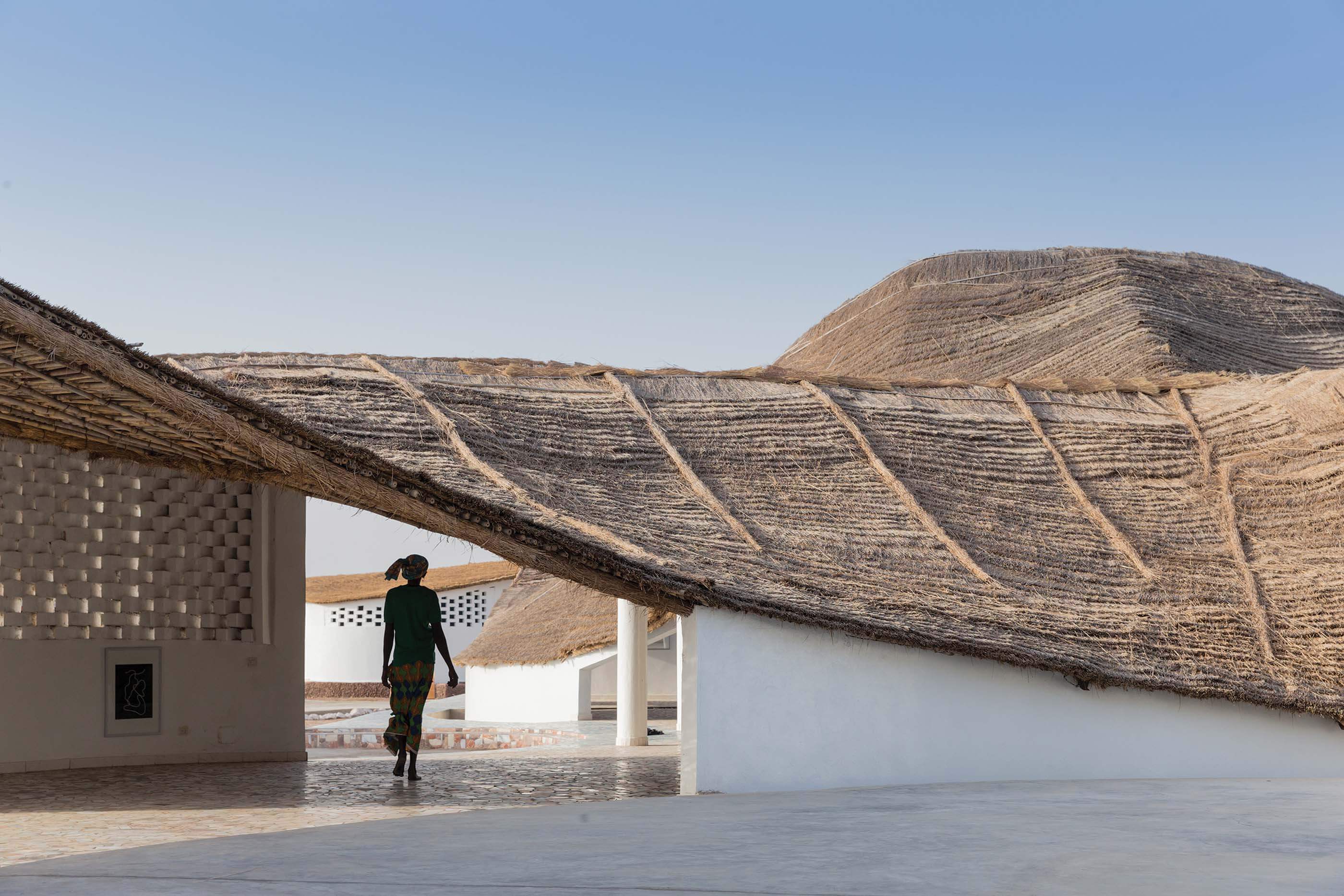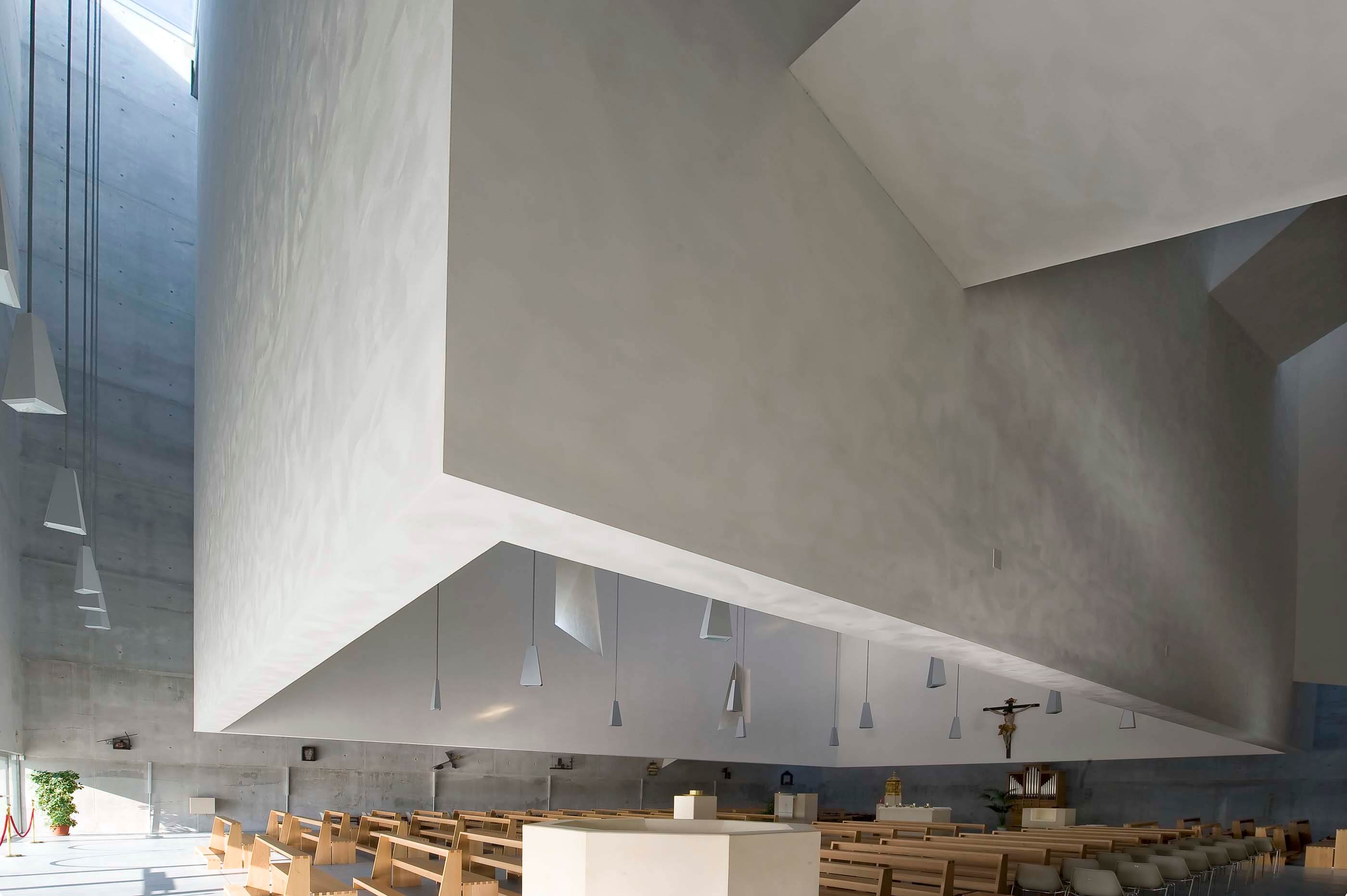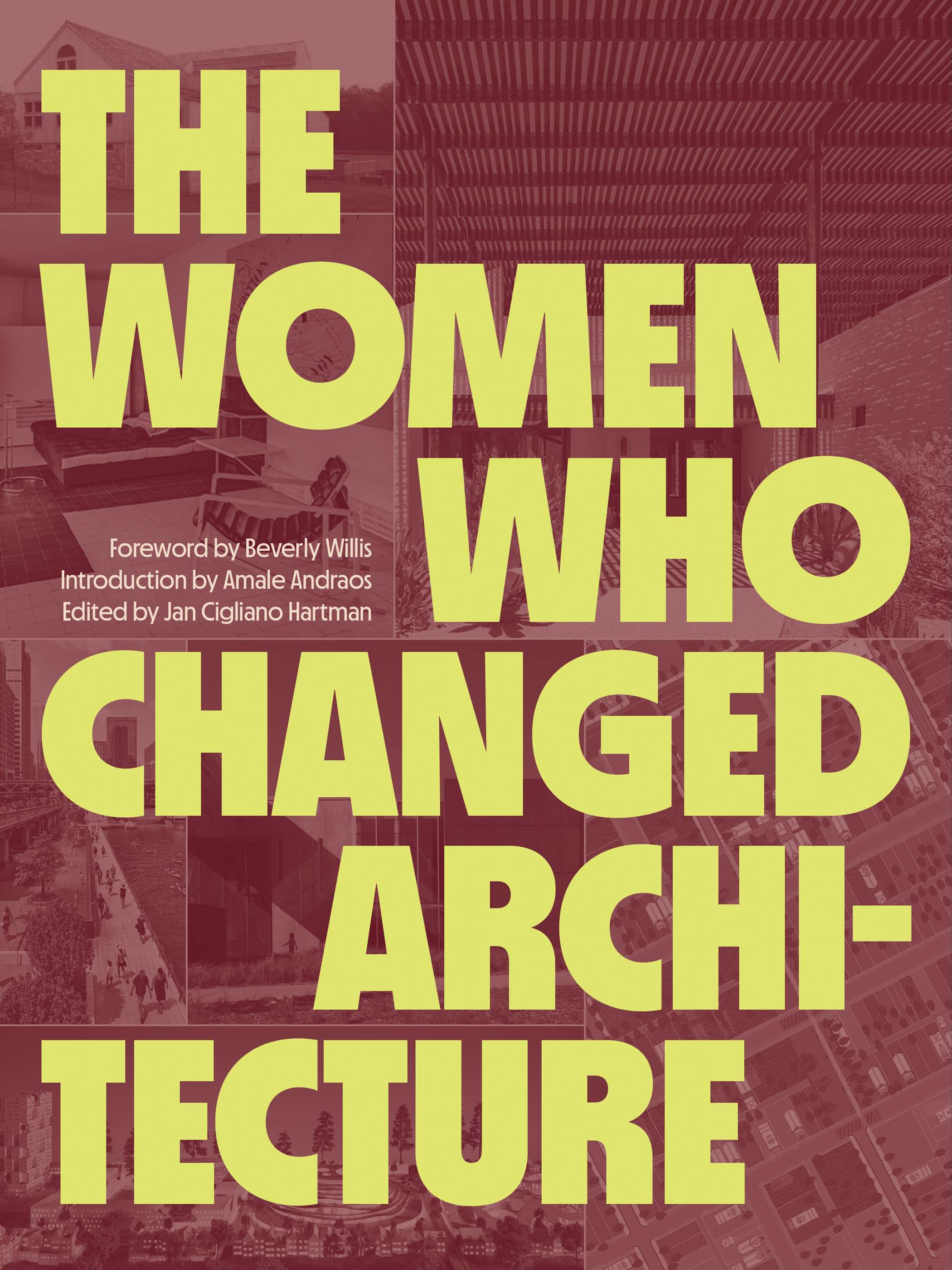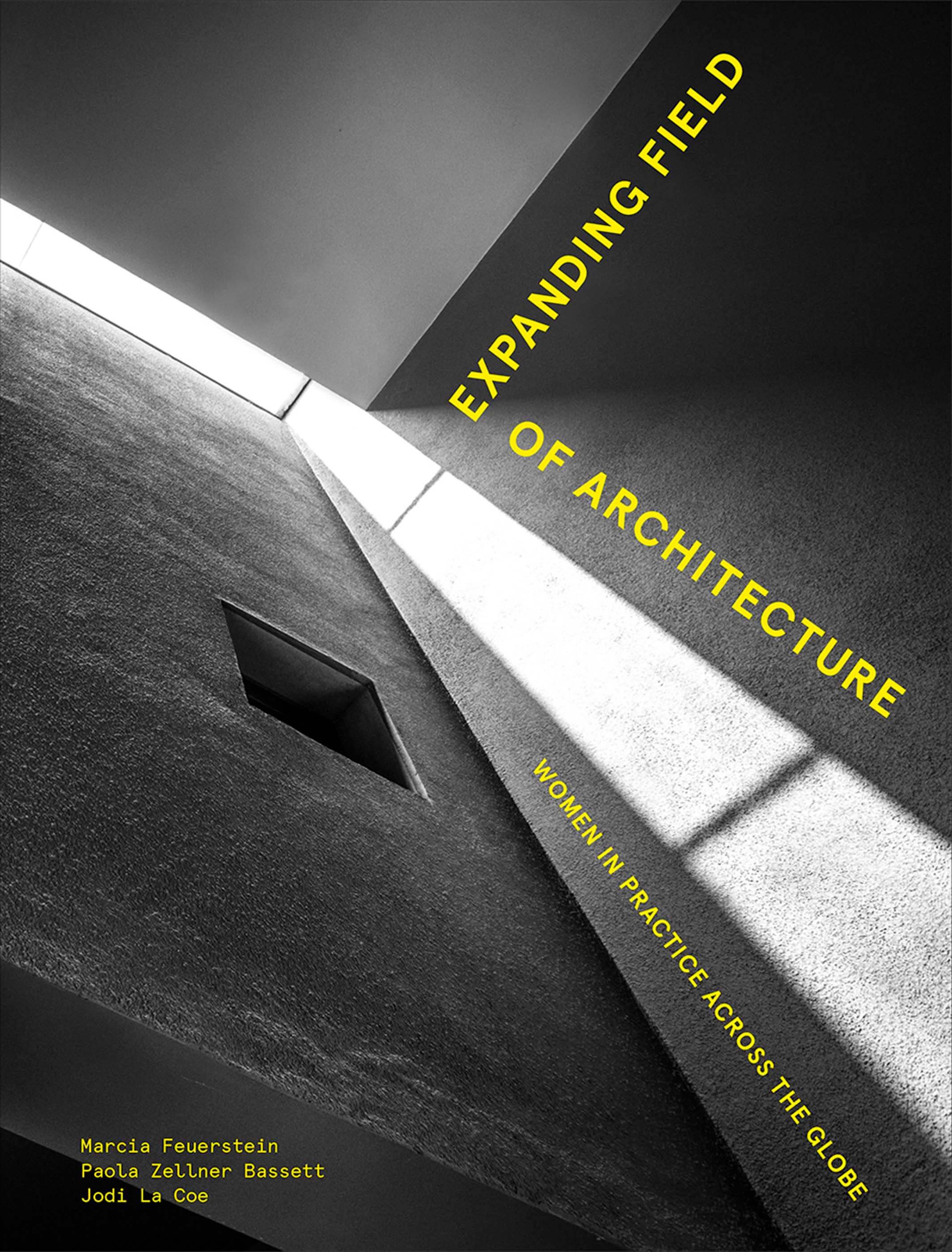For advancement in today’s world, women architects need more than books
Edited By Jan Cigliano Hartman | The Women Who Changed Architecture | Princeton Architectural Press | $50.00
Edited by Marcia F. Feuerstein, Paola Zellner Bassett, and Jodi La Coe | Expanding Field of Architecture: Women in Practice Across the Globe | Lund Humphries | $99.99
At the time of this writing, the future for women in the United States looks grim. The U.S. Supreme Court’s overturning of Roe v. Wade doesn’t just mean that women in at least 20 and up to 30 states won’t be able to choose when and if they endure pregnancy and childbirth. It also means that some of them won’t be able to, for example, leave a bad job because they need the money to raise the child they didn’t want to have. It means they won’t be able to leave a relationship they don’t want to be in anymore because they need to split child-care duties. It means they might die if their pregnancy ends in a miscarriage, the treatment for which is dilation and curettage, the same as a late-term abortion. It means that, in approximately half of this country, women don’t have full control over their own fates.
Contemporary politics is a deeply unfair frame through which to review two recently published books about women in architecture—The Women Who Changed Architecture and Expanding Field of Architecture—but doing so offers an opportunity to remark about how to best understand and support women’s struggles today.
The first volume (The Women) is a collection of short profiles of more than 144 architects who are women. It takes a consciously revisionist stance; editor Jan Cigliano Hartman claims in her preface that it “will change the history of architecture, bringing female architects into the central narrative.”

The second (Expanded Field) is not a collection of people but of projects; the editors state up front that they “envisioned that this book would be a collection of 40 projects that happen to be designed by women.” The desire for this shared trait to appear as a coincidence when it was in fact a deliberate choice reflects a discomfort with the category of “woman architect,” a clue that there is something not quite right with establishing this category and holding it up as relevant. This discomfort is present in both volumes; in The Women, it appears as a repeated conjuring of Dorte Mandrup’s proclamation that she is “not a female architect” but rather, simply, “an architect.” Instead of interrogating this discomfort, both volumes barrel right through it.
The results are, in the case of The Women, an unfortunately tone-deaf and reductive near-fairytale about the accomplishments of women architects and their contributions to the field of architecture. For its part, Expanding Field is a bland collection of nicely photographed projects from around the world; its only uniting thread is the fact that they were all designed by women—hardly an elucidating metric.
The Women divides its subjects into six chapters, each corresponding to a different generation and featuring an introduction that glosses over the material context in which these women practiced. Some of the essays provide salient historical tidbits—a profile of Joan Forrester Sprague, for example, mentions the economic and housing crisis that influenced her practice—but, relegated to short biographies barely a thousand words long, they hardly constitute enough of a picture for readers to get a real sense of the worlds in which these women worked. Even if a particularly smart reader could piece things together, it’s hard to believe Hartman’s claim that The Women could change the history of architecture when the book dedicates at most two spreads to the full careers of architects with enormous bodies of work. I learned about women architects from The Women, but I also came away with the dreadful feeling—which increased each time I turned the page and saw a new black-and-white portrait of a woman cropped into a circle—that these women were being tokenized to prove a point.

Expanding Field takes up a similar charge, claiming to “contribute to the global effort of normalizing women in leadership roles in the expanding field of architecture.” The book focuses more built work than on biography; its objects of study are buildings instead of architects themselves.
Seeing both books together made me ask two questions: First, what points are these books trying to prove? That women have been architects all along? Any fairly smart reader of architectural history (and of history in general, for that matter) already knows this. Or was it their goal to properly recognize women’s contributions to the field of architecture? It would take a lot more than a few hundred pages to do that. It will take, namely, changing the collective imaginary and shared references of people in the field, something which can only happen slowly, over time. And second: Who is the intended audience for this? I find it hard to imagine a woman architect whose primary struggle is not seeing enough women in the field. She’d likely be better served by exchanging tips on how to deal with sexism at work.

Mandrup is right that the women featured in these books are architects. The reason they made buildings—the reason they contributed to the field—is that they’re architects. The fact of their gender is incidental. If I were them (and any of them are welcome to disagree with me), I’d want my work to be recognized for its own merits, held up next to the work of anyone else, not set aside into its own volume, crammed together into a rapid revisionist history or a global survey.
In terms of understanding the impact of women on architecture, I’d be more interested in, for example, a history of women’s organizations in architecture and design (Why did they get together and how did they do it? What problems did they cite and have any of them improved?) or a survey of the design of spaces used predominantly by women (nurseries, domestic violence shelters, single-sex schools, and gyms, to name a few). The majority of women who interact with buildings are not architects; there is more to be gleaned about the role of architecture in women’s lives—and about the impact of women on architecture—by looking at their experience.
While the books offer interesting historic information and nice images, I don’t think we need either to improve the cause of women as an oppressed class in our society. What is the point of making more room for women at the top when really what we need is more room—and more freedom—for women at the bottom? What is the point of celebrating women in positions of leadership as an accomplishment for our gender when our rights are being stripped away?

I am, of course, not saying that people featured in these volumes should not be celebrated as individuals. Many of them overcame personal adversity and societal sexism to achieve professional success. That is laudable. But we should not fall into the trap of believing that individual women gaining power under a deeply unjust system is good for all women. To conflate personal achievement with collective progress is naive at best, cynical at worst, and harmful in all cases.
After reading both books, I detect in each a hope that women will see themselves represented and know it is possible for them to achieve what the women in their pages have done. I find it hard to imagine such a woman. Women don’t need books about women architects to understand that they can be anything they want, that they can do anything they want. On that playing field, feminism has already succeeded. Women know that they are capable. We just need basic human rights.
Marianela D’Aprile is a writer in Brooklyn.


